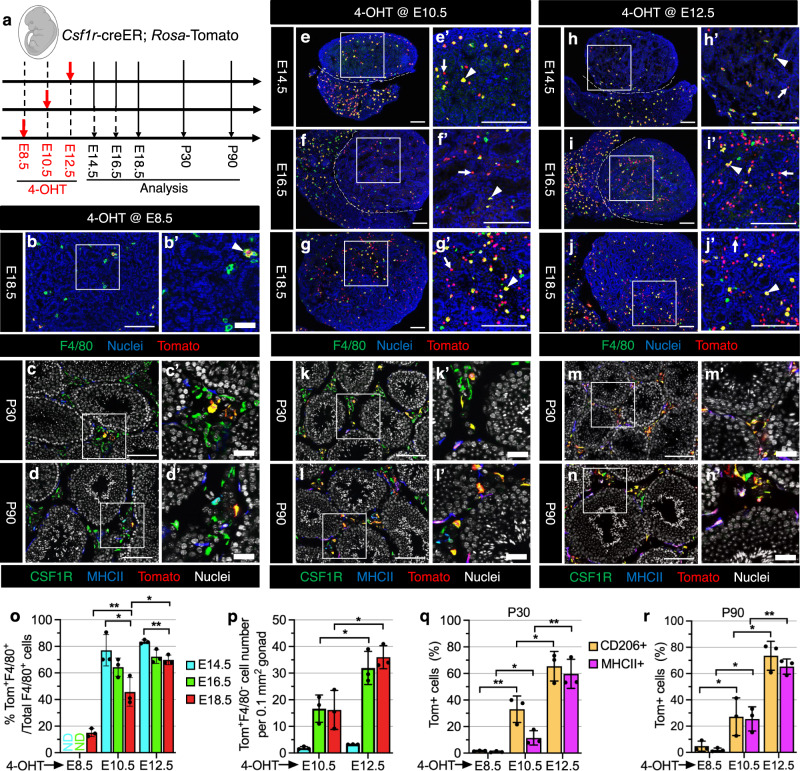Fig. 1. Csf1r-expressing fetal definitive progenitors give rise to adult testicular macrophages.
a Strategy for 4-hydroxytamoxifen-induced (4-OHT) lineage-tracing and harvesting of testes from Csf1r-creER; Rosa-Tomato embryos and juvenile/adult mice. The embryo image was created with BioRender.com software (BioRender.com). b–n Representative images (n = 3) of testes at various stages from Csf1r-creER; Rosa-Tomato mice exposed to 4-OHT at E8.5 (b–d), E10.5 (e–g, k, l), or E12.5 (h–j, m, n). In all figures throughout this study, prime figures (e.g., a’ relative to a) are higher-magnification images of the boxed regions in the image to their left. Dashed lines indicate the gonad–mesonephros boundary. Arrowheads denote Tomato-expressing F4/80+ macrophages and arrows denote Tomato-expressing F4/80-negative cells. Thin scale bar, 100 μm; thick scale bar, 25 μm. o–r Graphs showing quantification (n = 3 independent gonads) of percent Tomato-expressing F4/80+ macrophages at E14.5, E16.5, or E18.5 (o), number of Tomato-expressing F4/80− cells per unit area at E14.5, E16.5, or E18.5 (p), and percent Tomato-expressing interstitial (CD206+) and peritubular (MHCII+) macrophages at P30 (q) or P90 (r) in Csf1r-creER; Rosa-Tomato testes induced with 4-OHT at various embryonic stages. Data are shown as mean +/− SD. *P < 0.05; **P < 0.01 (two-tailed Student’s t test). Exact P values are provided in the Source Data file.

